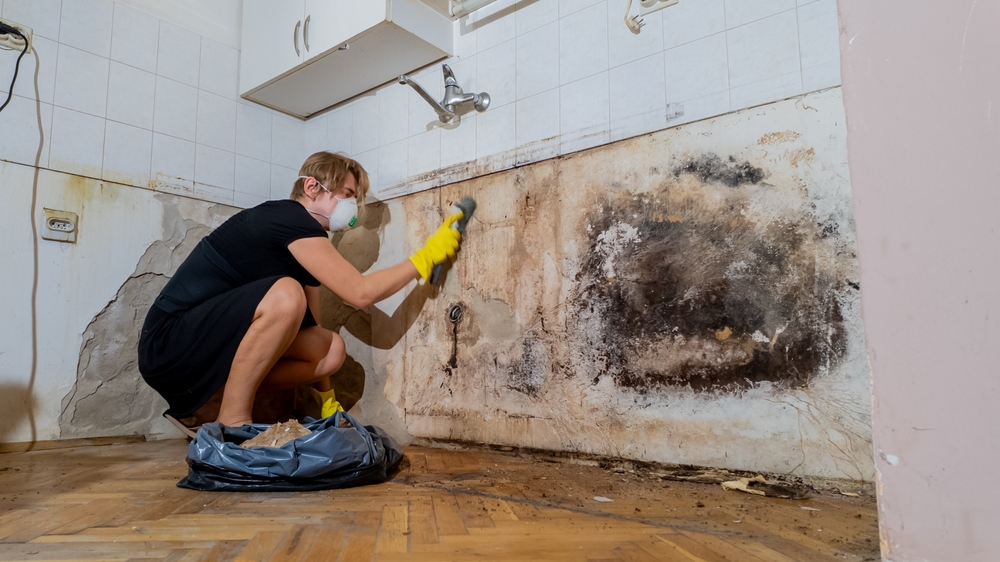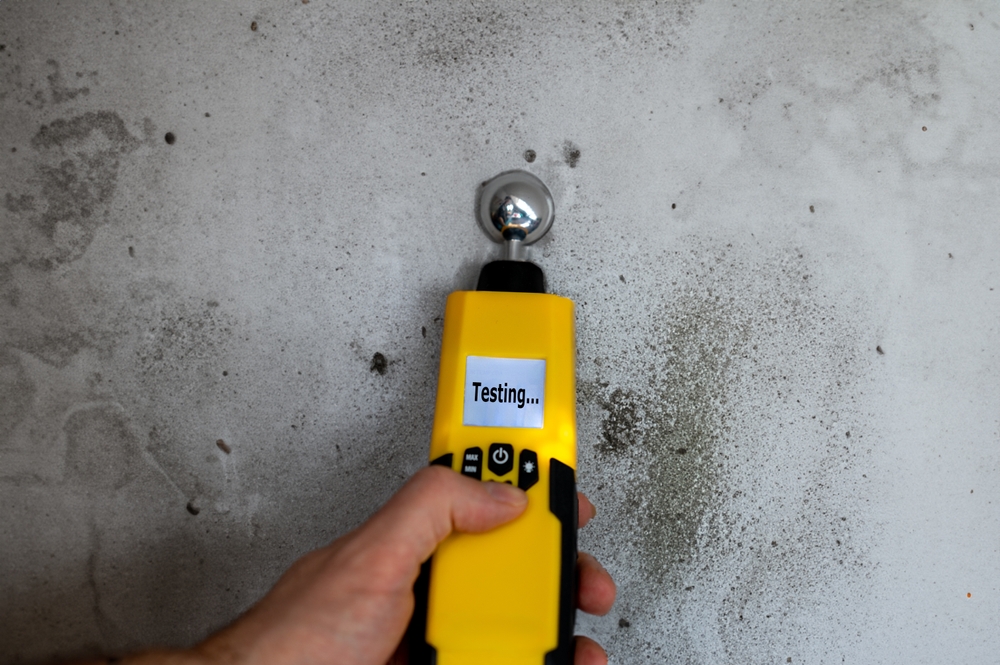An unpleasant guest in homes and businesses, mold thrives in moist conditions and causes damage invisible to the human eye. If not quickly treated, it compromises health, ruins buildings, and results in expensive repairs. This tutorial walks you through the entire mold remediation process so you may better appreciate each stage and the need of professional assistance.
As little as 24 to 48 hours after moisture gets into your house, mold can develop. Whether brought on by a leaky roof, burst pipes, or high humidity, mold swiftly spreads and compromises the structural integrity of the property as well as poses a health risk for residents.
The Dangers of Mold Growth
- Health Risks: The Risks of Mold Development for Health Allergies, aggravation of asthma, and respiratory problems can all be brought on by mold. Particularly sensitive are those with compromised immune systems, small children, and the elderly. Among the symptoms could include coughing, sneezing, itching eyes, and skin rashes. Extended contact to some harmful molds can cause major medical problems.
- Structural Damage: Mold eats organic things such carpet, drywall, and wood. Leading to significant repairs, it can weaken beams, distort flooring, and cause paint to peel over time.
Why Timely Mold Remediation Matters
Often hiding behind walls, under floors, or inside HVAC systems, mold develops discreetly. Early addressing of it minimizes property damage, lowers general remedial costs, and helps to avoid health hazards. Delaying action can lead to mold spreading over the structure, which complicates remedial work and increases its cost.
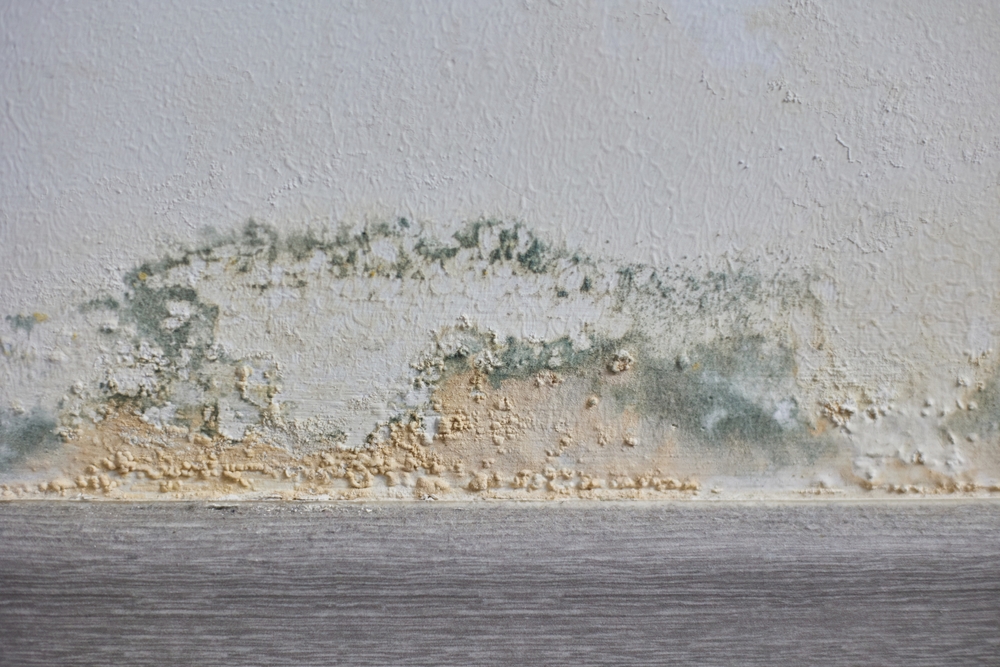
Step 1: Mold Inspection and Assessment
Finding mold, evaluating its degree of existence, and figuring its source come first in tackling it.
Identifying Mold Growth
Professionals find mold—even in concealed areas—using cutting-edge technologies and techniques:
- Visual Inspection: On floor, ceiling, and wall surfaces they search for black spots, discoloration, or fuzzy patches. Though unseen, musty smells often indicate mold.
- Moisture Meters: Moisture meters identify areas likely to mold development by measuring moisture levels in materials like wood and drywall.
- Air Quality Testing: Microscopic mold spores can hang in the air and cause health problems. Professionals gather air samples to find the type of mold present and ascertain spore counts.
Finding the Source of Moisture
Mold grows best in wet conditions. Professionals probe possible moisture sources including:
- Leaking Pipes or Roofs: Mold can flourish in situations created by even minor leaks.
- Condensation: Bad ventilation could cause moisture to build up on walls, windows, and ceilings.
- Flooding or Water Intrusion: Water intrusion, or flooding, from water entering crawl spaces or basements provides the ideal mold habitat.
Assessing Health Risks
Professionals assess the health dangers mold presents if it is found in dwelling quarters or highly traffic locations. Certain kinds of mold, including black mold, create potentially especially dangerous mycotoxins.
Step 2: Containment and Water Removal
Professional remediation service work to stop the mold from spreading to unaffected areas before removing it.
Isolating the Affected Area
To contain mold spores throughout restoration:
- The space is sealed off with plastic sheets and tape.
- Negative air pressure devices guarantee that mold spores aren’t dispersed across the property but rather are pushed into sealed regions.
Removing Excess Moisture
Eliminating water is crucial since mold cannot grow without moisture:
- Pumps and Wet Vacuums: Specific tools remove standing water from floods or leaks.
- Dehumidifiers: Dehumidifiers remove moisture from the air, therefore reducing the indoor humidity to levels inappropriate for mold development.
- Air Movers: Fans move air to hasten drying times and stop more damage.
Step 3: Mold Removal
Eliminating products contaminated with mold and cleaning impacted areas form the core of the remedial approach.
Removing Moldy Materials
Often unable to be salvaged are porous materials such drywall, carpet, and insulation. These elements consist of:
- Meticulously removed and packed in plastic bags to stop spore distribution.
- Disposed of following local rules to guarantee safe handling.
Cleaning Contaminated Surfaces
Glass, metal, and tile among other non-porous surfaces can be cleaned and restored:
- Professionals wipe surfaces of mold using EPA-approved antimicrobial chemicals.
- Visible mold is removed using brushes, sponges, and rags; treatments go deeper to kill spores.
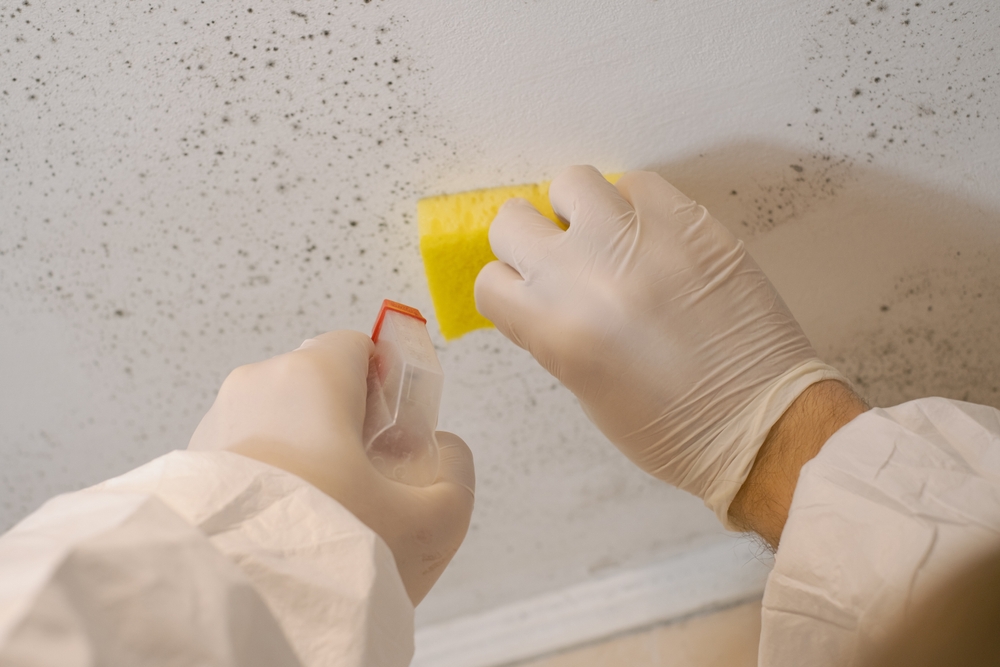
Step 4: Drying and Dehumidification
The region needs to be completely dry following cleansing to guarantee mold doesn’t come back.
- Reducing Moisture Levels: Dehumidifiers of industrial quality are used to reduce relative humidity, which should preferably be less than 50% to stop mold development. To guarantee total dryness, these machines run constantly during the cleanup procedure.
- Promoting Air Circulation: To improve airflow, fans and air movers are positioned thoughtfully around the impacted region. Especially in hidden areas like wall cavies and behind furniture, good air circulation accelerates drying.
Step 5: Cleaning and Sanitizing
Deep cleaning guarantees all signs of mold are removed once the area is dry.
- Sanitizing Surfaces: Antimicrobial treatments clean every surface in the impacted area. This stage eliminates any last of the mold spores and stops future bacterial growth.
- Proper Disposal of Contaminated Materials: Waste, rags, and cleaning tools are disposed of sensibly to prevent mold from spreading to other places. Professionals adhere to rigorous rules on proper disposal.
Step 6: Air Quality Testing and Control
Airborne spores can remain and affect air quality even once obvious mold is eliminated.
- Testing for Mold Spores: Testing the air post-remediation guarantees low dangerous spore levels. To verify effective cleanup, experts compare test findings to pre-remediation levels.
- Air Filtration: Trapping mold spores, dust, and allergies, air scrubbers with HEPA filters help to improve indoor air quality. Sometimes these devices run many days to guarantee complete filtration.
Step 7: Prevention and Maintenance
The last stage addresses the fundamental causes of mold so preventing its comeback.
Fixing Moisture Problems
- Fix leaks in appliances, ceilings, and plumbing right away.
- Upgrade drainage systems to stop water from gathering near the foundation.
- Seal windows’ and walls’ cracks to prevent moisture ingress.
Controlling Humidity
Development of mold depends much on humidity. To keep desired humidity levels:
- Install dehumidifiers in basement-style damp spaces.
- In bathrooms and kitchens, use exhaust fans to clear cooking and shower moisture.
- Use a hygrometer to track indoor humidity levels; keep them less than 50%.
Regular Maintenance
Regular property inspections help you to find minor problems before they become more serious:
- Search for evidence of moisture, like musty smells or wet marks.
- Plan expert HVAC system maintenance to guarantee ideal ventilation and airflow.
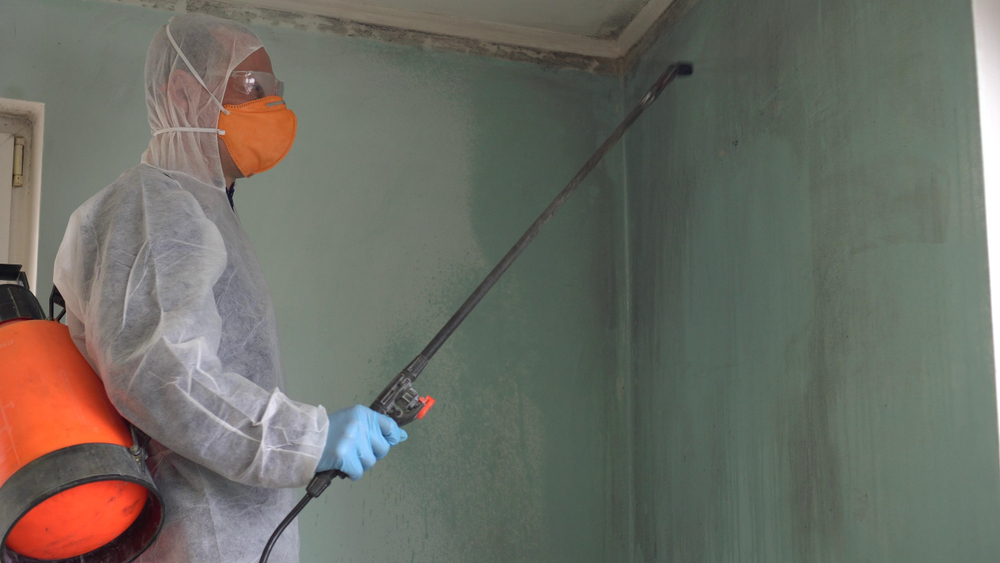
Costs of Mold Remediation
Knowing the expenses involved will help you make financial plans. Various elements influence remedial expenses:
- Size of the Area: Larger regions need for more resources, therefore raising expenses.
- Severity of Infestation: Advanced mold development could call for further materials replacement and thorough treatment.
- Type of Mold: Certain kinds, such as black mold, call for specific management that might be expensive.
Usually, mold removal is between $1,500 and $5,000. Severe damage or more than $10,000 can be lost from bigger infestations.
Conclusion
A careful process needing knowledge, specialized tools, and thoroughness is mold remedial work. From inspection to prevention, every action counts greatly in returning your property to a safe, healthy state.
Don’t delay if you believe mold exists in your house or place of business. Reacting fast reduces health hazards and damage, so saving you time and money over time. Select licensed experts always to guarantee correct completion of the work.
Following this guidance will help you to appreciate the value of expert mold removal and act early to maintain mold free house. Whether you are fixing a current concern or avoiding one in the future, you now know how to safeguard your house and loved ones.
Philadelphia Restoration Services
https://www.google.com/maps?cid=3399342399556699153
+1 267 668 0013
https://philadelphiarestorationservices.com/

